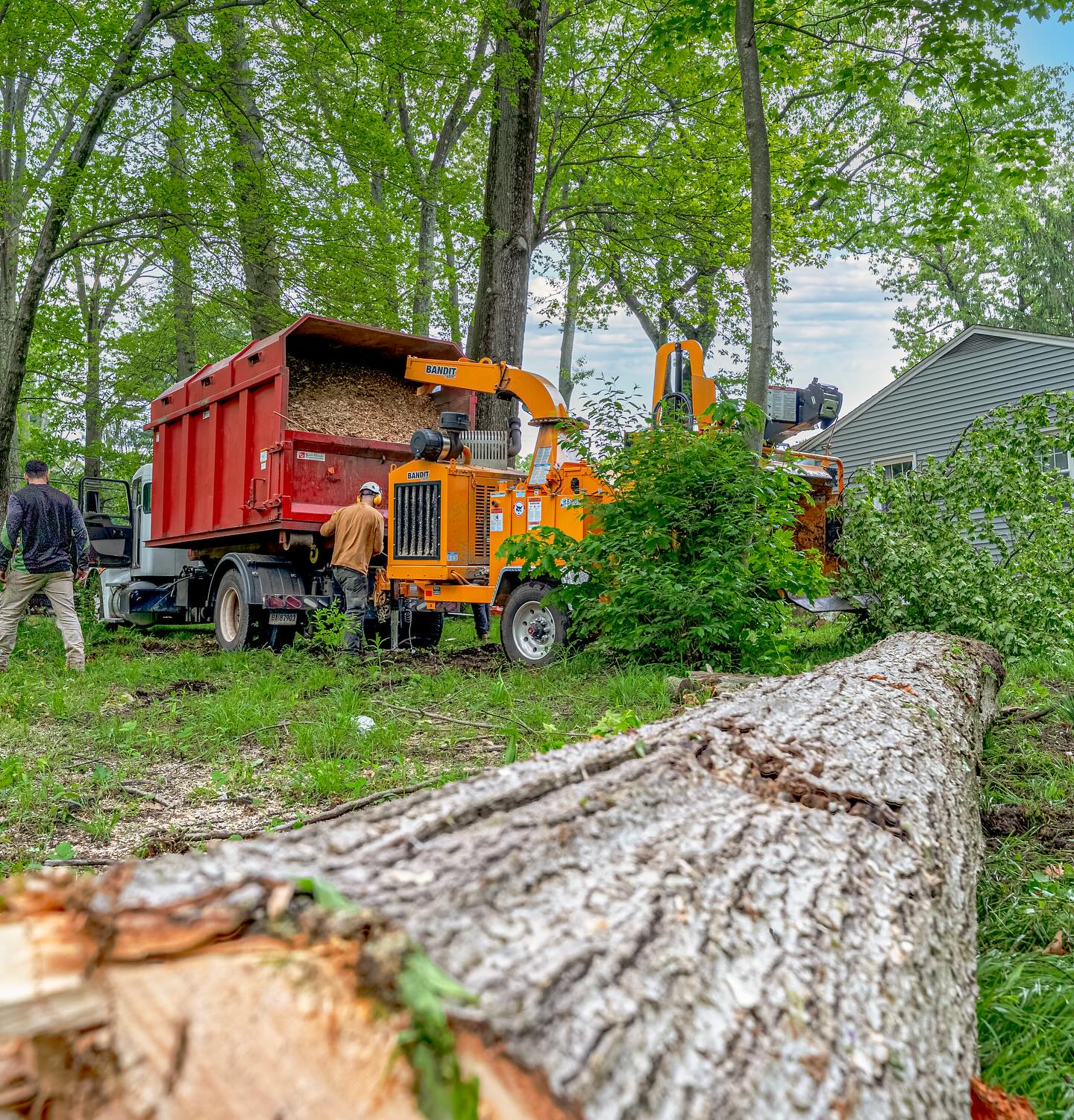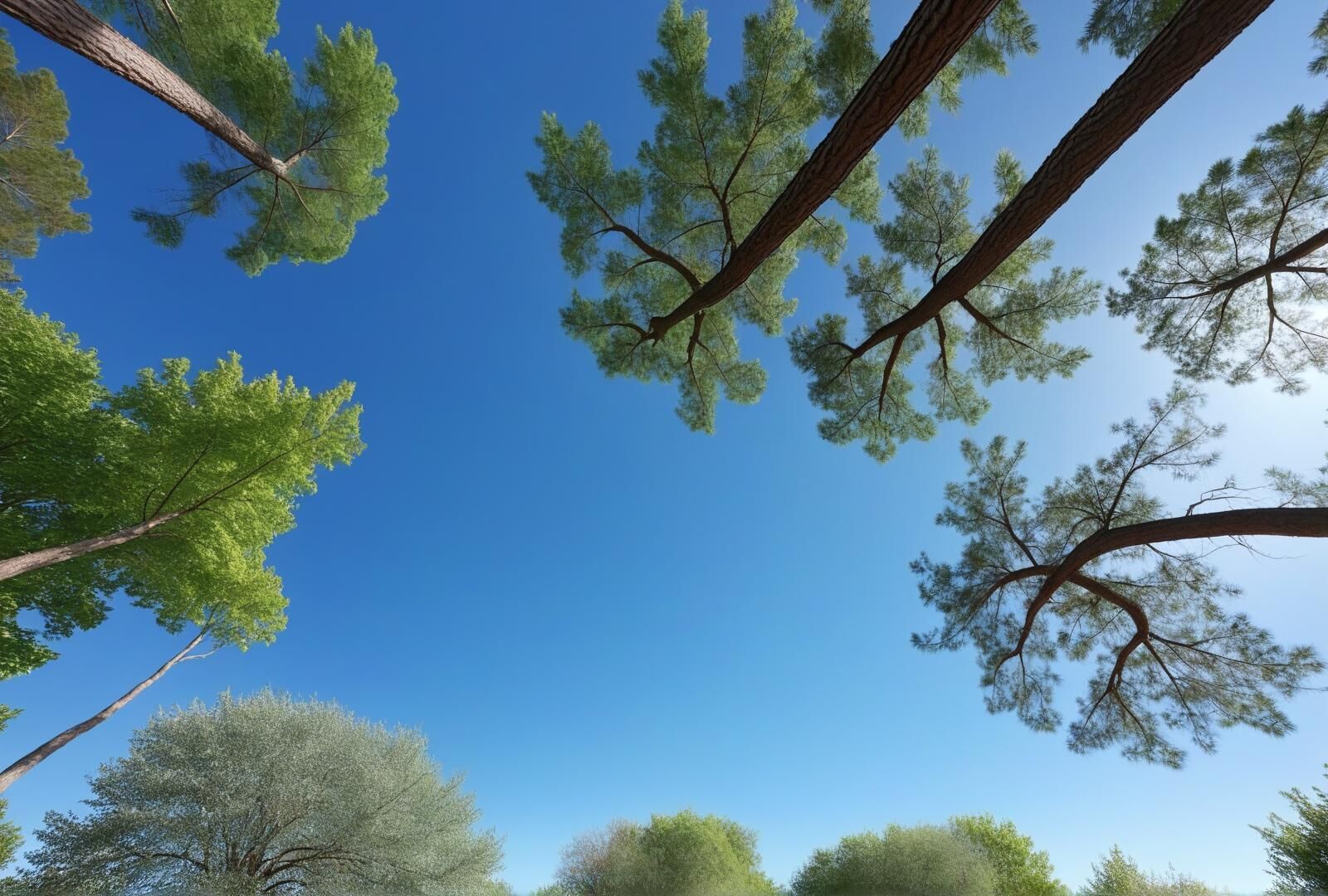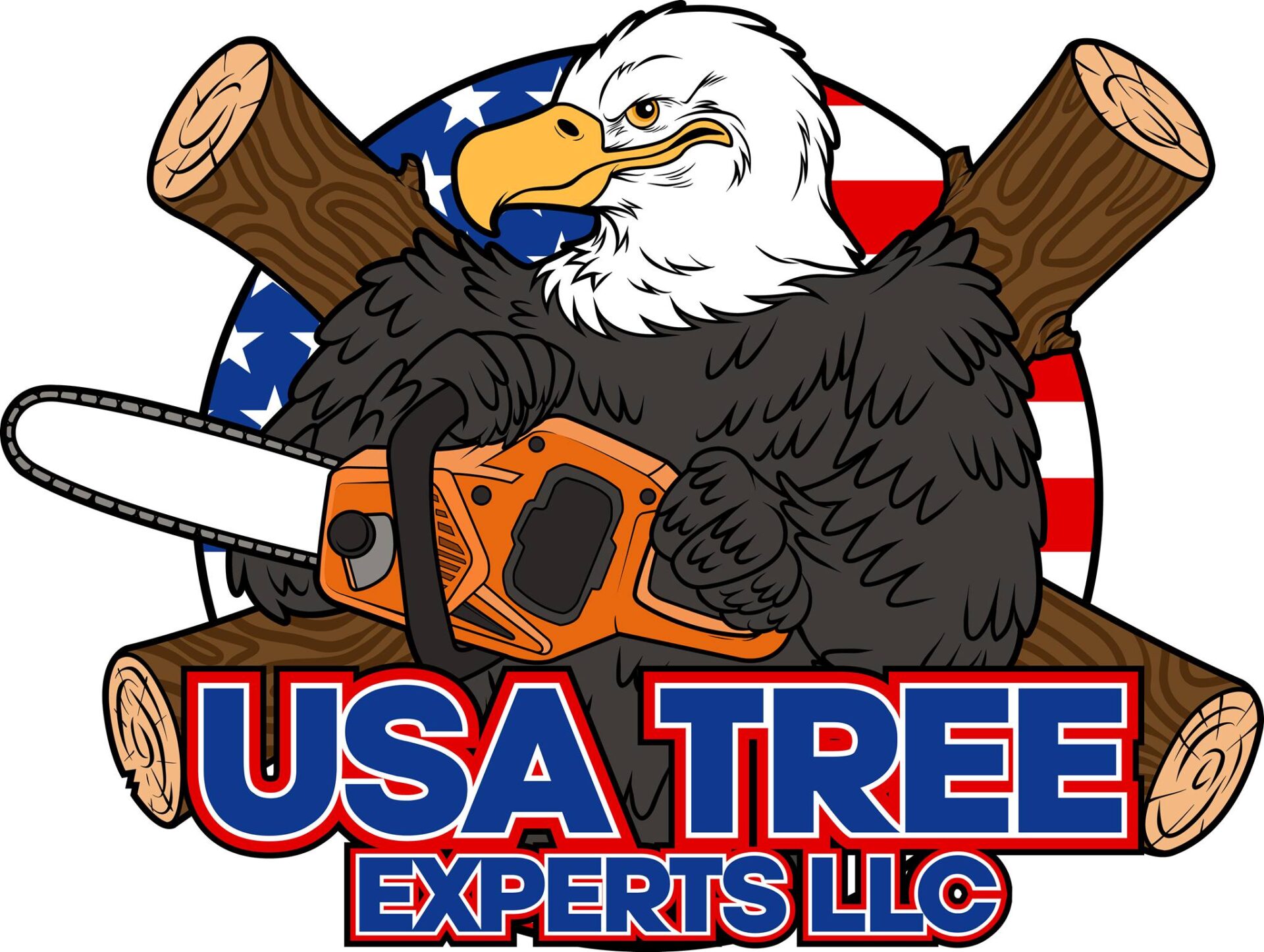Cheshire, Connecticut is known for its charming neighborhoods, mature tree-lined streets, and beautiful seasonal foliage. Whether you’re planting new trees or updating your landscape, choosing the right species can enhance property value, attract wildlife, and require less maintenance in the long run.
Here’s an in-depth look at tree types suited for Cheshire’s climate—from stunning shade giants to flowering ornamentals—all backed by local insight and best practices.
Native tree species are ideal for Cheshire’s climate—they’re low-maintenance, resilient, and play a vital role in supporting local birds, pollinators, and overall ecosystem health. Here are four excellent options for homeowners looking to enhance their landscape naturally:
- Red Maple (Acer rubrum) – Known for its brilliant fall color, this fast-growing tree thrives in moist soils and is commonly seen near areas like the Farmington Canal Trail.
- White Oak (Quercus alba) – As Connecticut’s state tree, it offers a strong canopy, provides shade, and produces acorns that benefit squirrels, deer, and birds.
- Eastern Redbud (Cercis canadensis) – A smaller ornamental tree with stunning pink blooms each spring, perfect for patios or foundation plantings.
- Flowering Dogwood (Cornus florida) – A native favorite for its white spring flowers and bright red berries that attract birds throughout fall and winter.


If you’re looking for fast-growing shade or evergreen privacy, these tree species are excellent choices for Cheshire landscapes. They thrive in local conditions and deliver long-term visual and environmental benefits:
- River Birch (Betula nigra) – A fast-growing deciduous tree that tolerates wet soil and adds attractive bark texture. Its seeds and structure also attract a variety of songbirds.
- Eastern White Pine (Pinus strobus) – This soft-needled evergreen provides year-round greenery, natural screening, and supports wildlife with its height and sheltering branches.
- Hackberry (Celtis occidentalis) – A hardy shade tree that’s highly adaptable to drought and poor soil. Its small purple fruit draws in birds and pollinators throughout the season.
For curb appeal and decorative features, consider these standout options:
- Tulip Tree (Liriodendron tulipifera) – Tall, fast-growing, and striking spring blooms :contentReference[oaicite:8]{index=8}
- Gray Birch (Betula populifolia) – Ideal for smaller yards with its pale bark and graceful form :contentReference[oaicite:9]{index=9}
- Avoid Invasives: Tree of Heaven (Ailanthus altissima) – Fast-growing but aggressive; not recommended :contentReference[oaicite:10]{index=10}
When planting in Cheshire, remember:
- Soil & drainage: Red maples prefer moist soil; Eastern white pines and oaks tolerate a range of conditions.
- Spacing: Ensure mature canopy size doesn’t interfere with sidewalks, structures, or power lines.
- Planting season: Spring or fall offers best root establishment. Local nurseries like Cheshire Nursery follow UConn native tree recommendations :contentReference[oaicite:11]{index=11}.
Ready to enhance your Cheshire property with trees—or need help removing ones that are dead or too close to structures? USA Tree Experts offers:
- Tree removal in Cheshire—from crane-assisted to emergency service
- Stump grinding to prep your yard for new plantings
- Land clearing for development or large-scale landscaping
Contact us today to discuss a plan tailored to your landscape goals and property safety!

For planting in public spaces or large developments, review Cheshire’s Preferred Planting List maintained by the Town Beautification Committee. This ensures compliance with local landscaping policies.
